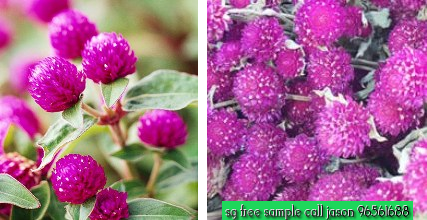Mulberry Leaves Morus alba 桑叶 SangYe
Health Benefits of Dried Mulberry Leaves
Expel Heat and Improve Vision : It expels wind and clears heat. It clears heat in the liver and benefit the eyes. Expelling pathogenic wind-heat, cleaning away heat from the lung to arrest cough and clearing up heat from the liver to improve acuteness of vision.
【功能主治】疏散风热,清肺润燥,清肝明目。
用于风热感冒,肺热燥咳,头晕头痛,目赤昏花。
Antioxidant : Rich in antioxidants and bioflavonoids such as Glutathione, Lutein, Quercetin and Gamma-Aminobutyric Acid. Rutin and Quercetin together with other bio flavones from mulberry leaf show strong antioxidant ability and could help in lowering cholesterol levels, prevent aging and is a good choice for beauty products. It can also scavenge free radical and improve the blood cycle.
Lower Blood Sugar : Mulberry leaves have long been used in Chinese medicine for the prevention and treatment of diabetes; they contain compounds that suppress high blood sugar levels.
Anti-aging : the main effective constituents for anti-aging is bioflavonoids. A four years clinical experiment of Zhejiang University proved that Mulberry leaves show similar anti-aging and tonic effects as ginseng root, whereas the properties of Ginseng is hot and as for Mulberry leaves its function are smooth and calm.
How to prepare a mulberry leaves herbal decoction?
Put 60g of dried mulberry leaves into a pot and pour in 2 litres of clear filtered water. Bring
water to a boil and continue to brew the content for 45min. to an hour on slow steady heat. You will realise at the end of 45min. that the initial 2 litres of water will be reduced to 1.5 litres of aromatic Mulberry Leaves Herbal Tea.
You can drink it in its original herbal form or stir in some Brown Sugar to taste and for those of you who prefers a zero-calorie and natural sweetening herb, you can add some Stevia sweet leaves to taste. Enjoy!















